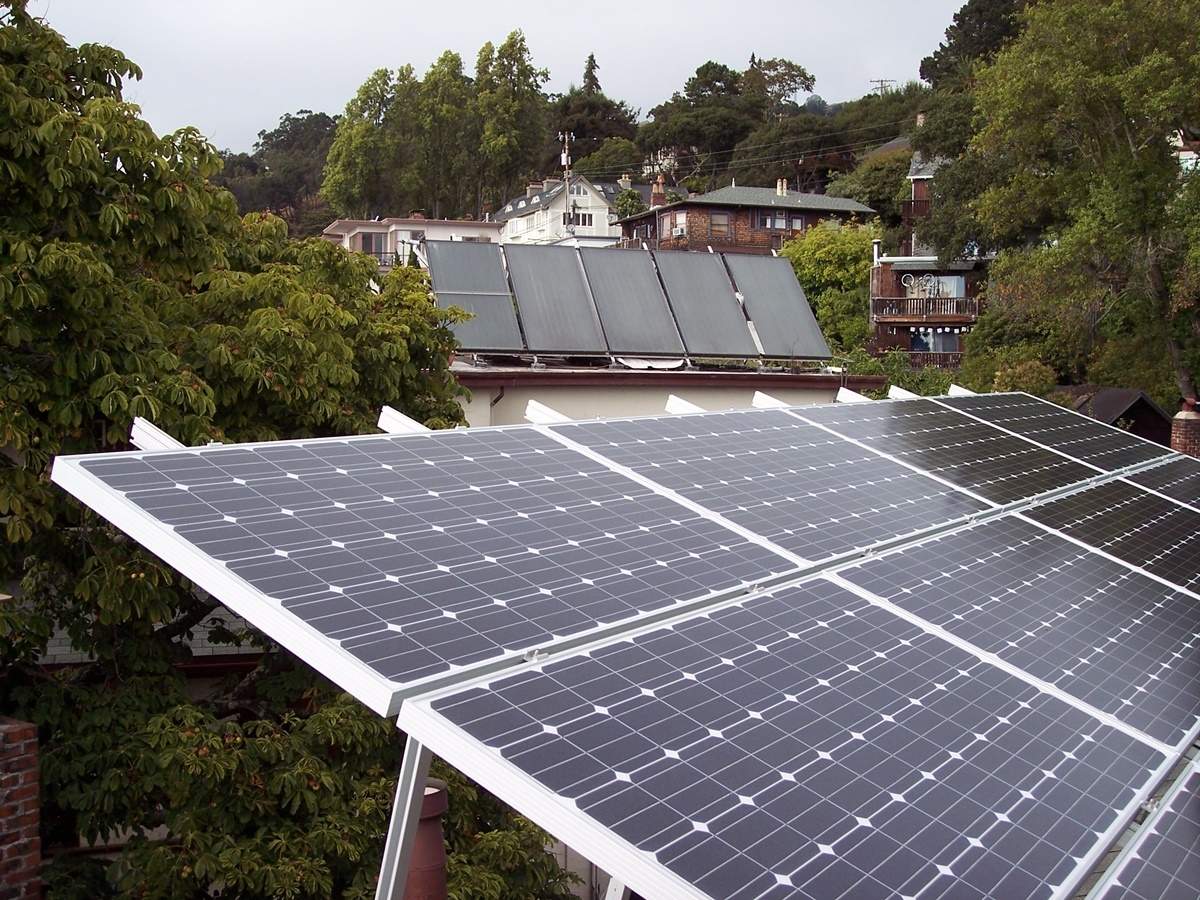US heat wave may force delays in Amtrak service
Written by ABC Audio All Rights Reserved on July 14, 2022

(NEW YORK) — Amtrak has announced an extreme heat warning for the Northeast region, signaling that trains running between New York and Philadelphia might experience delays.
“This is a typical protocol for warm summer months,” a spokesperson for Amtrak told ABC News.
High temperatures cause the rails and overhead wires to expand. The service is affected because the trains have to travel at lower speeds to avoid accidents.
A rail temperature of 131 degrees Fahrenheit, for example, requires the train to slow down to 100 mph or less, where an Amtrak train would usually travel between 125 and 150 mph.
With extreme heat also comes the risk of rails warping, which can cause train derailments, rolling black outs and subsequent service disruptions, according to Nick Bassill, a meteorologist at the University of Albany who regularly works with state governments and utility companies.
A spokesperson for the Department of Transportation wrote in an email to ABC News that “one issue that receives attention during summertime is ‘sun kink’ which is a track buckling condition that can occur during extended periods of extremely high temperatures where continuous welded rail is in use.”
A train derailment in the San Francisco bay area this May was due to “a rapid increase in ambient temperatures,” according to local transit authorities.
During the record-breaking heatwave in the Pacific Northwest last summer, in which temperatures reached 115°F, roads buckled and power cables melted. Amtrak announced delays in service during that period.
A 2019 article in the publication Transport Policy estimated that delays in the U.S. rail network due to temperature could cost between $20 and $60 billion by 2100.
Paul Chinowsky, professor in the College of Engineering at the University of Colorado Boulder, laid out three possible solutions in an interview with ABC News.
The first is upgrading the rails to be more temperature resistant, which Chinowsky said is already being enacted in Great Britain and France. In this case, the steel mix is changed to be less brittle, said Chinowsky.
The obstacle is that the United States has over 140,000 miles of rails, compared to 10,000 miles in the U.K. and 18,000 in France.
“We have started that a little bit, but not nearly at the rate that’s keeping up with the rising temperatures,” said Chinowsky.
Another option, which is already being implemented in the U.S., is a system of heat sensors which provide localized information about when and where trains need to slow down.
It enables a “more accurate analysis,” Chinowsky said, so that the train slowing could be targeted for a set number of miles and hours.
That way, “you don’t have to shut down the whole Northeast corridor,” he said.
A final opinion Chinowsky mentioned was planting trees, or using some other natural solution, to create shade. This could be implemented around train stations, Chinowsky said, although this planning is “still in the very early stage.”
“We’re not even in the worst part of the summer yet,” said Chinowsky. “So we’ll keep seeing [delays]. It’s going to get worse as we go along.”
Copyright © 2022, ABC Audio. All rights reserved.






